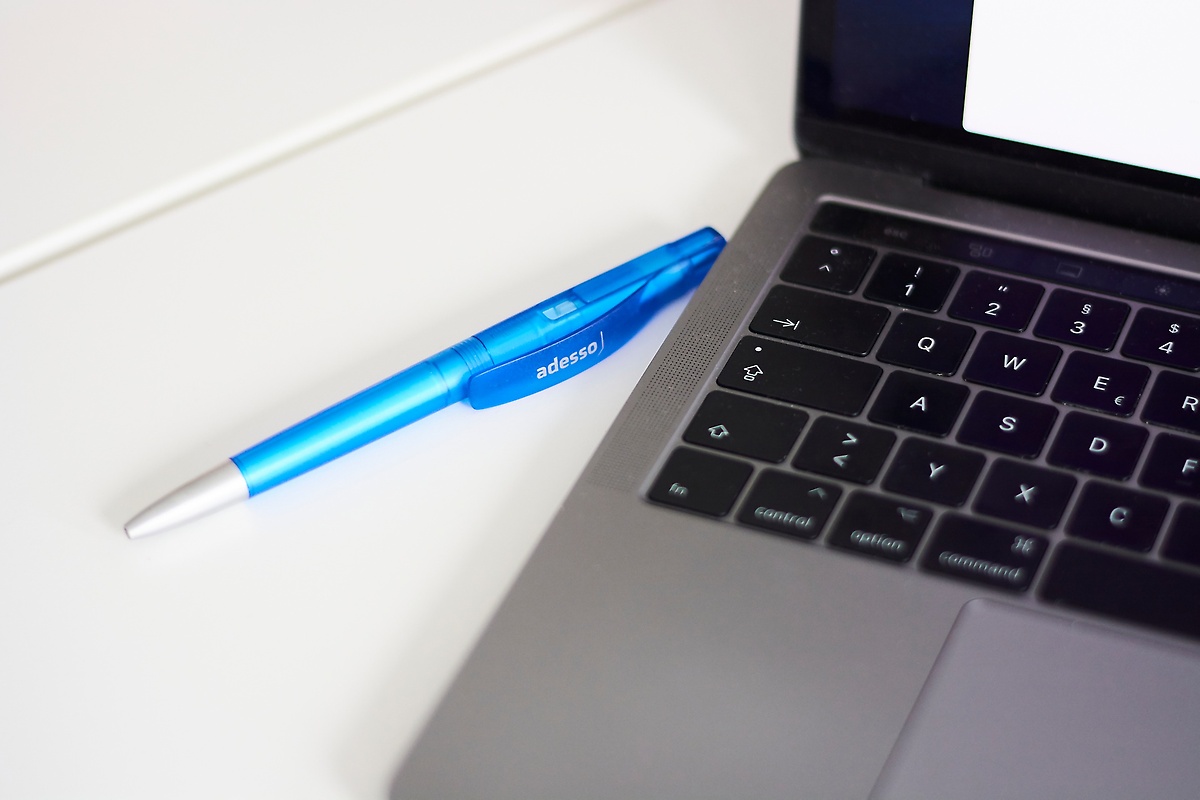Process support for the primary insurer
A core part of the life insurance application process is the biometric risk assessment. To automate this process, the primary insurer often turns to a reinsurer, who in many cases provides such systems. Modern, flexible tools that draw on all available sources of information are needed to keep up with the constantly evolving requirements across all areas.
New sources of information open up new opportunities to collect data – also for use in the application review process.
- Use of ERP data or doctor’s letters
- An electronic patient record (EPR) contains structured and unstructured data. The structured data can be used to collect and further process information. The unstructured data, which includes doctor’s letters or hospital discharge reports, can be used directly in the risk assessment for complex applications. adesso supports easy access to the policyholder’s data, if necessary also with a context-sensitive logic. Access is not available unless the policyholder consents to this.
- Data and analytics Predictive underwriting
- Data and analytics methods make it possible to predict how a situation may unfold in the future based on data models. The data-driven predictive insights lead to more informed decisions. In combination with experience from processing claims, for example, the combinatorics of application data can help minimise risk.
Process support for the reinsurer
In order to review complex claims, the primary insurer provides information in every imaginable form and quantity. The systematic classification of these records and the extraction of data from them tie up valuable resources. We have the perfect solution for this problem: Aisaac.


